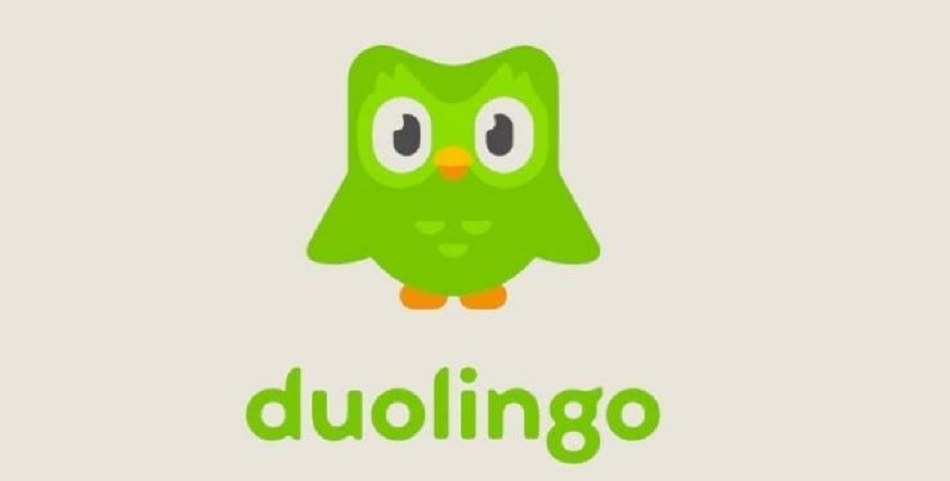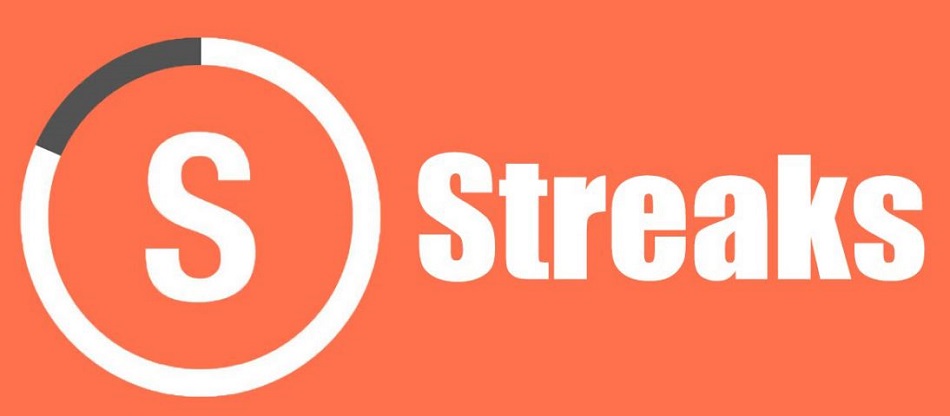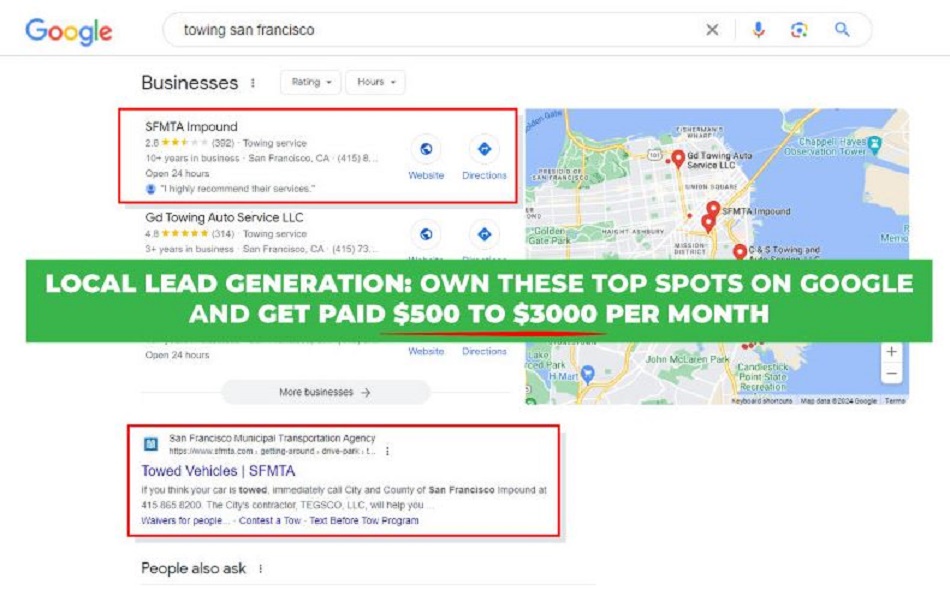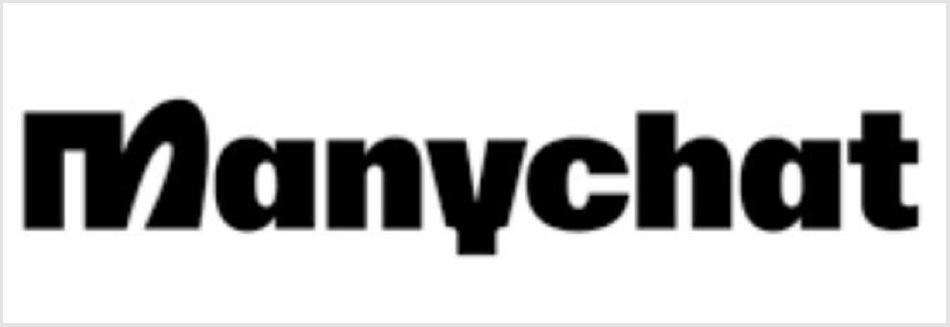Top 10 Micro SaaS Ideas You Can Build With AI | Language Companion, Habit Tracker, & More

The top micro SaaS ideas are:
- Language learning companion
- Habit and productivity tracker
- Local business review analyzer
- Personal finance assistant
- Personalized meal planner and grocery list generator
- Social media reply assistant
- Job interview prep tool
- Quick email summaries tool
- Daily news aggregator
- Investments tracker and rebalancer
Micro SaaS ideas are mini software business ideas. Some micro SaaS examples are LaunchViral and ZenVoice by Marc Lou. LaunchViral helps startups grow their audience quickly by using AI to generate marketing ideas, create scripts, and find relevant content. It then guides users on shooting videos, editing clips, and sharing these marketing materials so they go viral on social media platforms like X. ZenVoice helps online businesses automate Stripe invoicing, saving them time and money. These micro SaaS products are successful because Marc solves one problem for a specific audience.
I own and have been involved in creating multiple micro SaaS products. On this website alone, I offer my content writer, keyword research, and email scraper micro SaaS tools. In the following article, I discuss some of the best micro SaaS ideas you can build to make online income. These ideas are simple enough that you can use AI tools for building them.
1. Micro SaaS Language Learning Companion
Micro SaaS that helps a foreign language learner practice the vocabulary and grammar they are learning. As a micro saas, this language learning companion could supplement a language course curriculum by reinforcing concepts the student is learning. A simple yet useful feature could include a spaced repetition vocabulary tool to help memorize new words. By integrating modern generative AI chatbot tools like ChatGPT, the SaaS could create custom reading and grammar exercises using the student’s vocabulary. Role play chat using vocab and grammar the student is already comfortable is another powerful feature to add.
There are around 1.5 billion people actively studying a foreign language, according to Lingomelo. Data from Global Market Insights Inc. finds that $61.5 billion is spent on learning foreign languages globally as of 2023.

Many people already pay to use language learning SaaS tools like Duolingo, Pimsleur, and Babbel. As such, there is a massive market for language learning products and there is high demand for these types of products.
2. Micro SaaS Habit and Productivity Tracker
Micro SaaS that helps people build healthy habits and optimize daily productivity to accomplish goals. This simple tool could sync with calendars, task managers, and fitness applications to ensure the user is using time efficiently to meet professional and health goals. A generative AI could be integrated to provide users with custom insights for better productivity. One useful feature could be a daily notification about time spent on the phone. This would help users gauge whether they need to cut back on phone time to achieve goals.
People are getting more distracted these days, spending hours on their phone scrolling through social media. The average person spends a whopping 143 minutes per day on social media, according to Data Reportal. This is a considerable amount of time wasted, especially when considered on a long-term timeframe.

This is one of the main reasons habit tracking and productivity apps like Streaks, Habitify, and HabitNow are becoming so popular. The US market for these apps is expected to grow considerably over the next decade, growing at an average of 15.20% annually, according to Market Research Future.
3. Micro SaaS Local Business Review Analyzer
Micro SaaS that aggregates reviews from online ratings platforms like Google Reviews, Yelp, and Trustpilot for quick viewing and analysis. The purpose of this tool would be to help businesses understand their strengths and weaknesses through customer sentiment. Integrating a generative AI platform could look for common complaints among customers so a business owner could focus on fixing those aspects of their service. By improving their service, businesses could help stimulate more positive customer reviews to improve their online presence.
Reviews are incredibly important for small businesses. 82% of customers read online reviews before reaching out to a small business, according to LocalIQ. ReviewTrackers reports that 94% of consumers said a negative review has convinced them to avoid a business. As such, it’s essential for local businesses to avoid negative reviews by being aware and addressing common complaints quickly.
4. Micro SaaS Personal Finance Assistant
Micro SaaS that provides users with insights about their financial position and provides tips for improvements. Users could report financial transactions by receipts and bank statements or by simply notifying the app with voice notes if AI is integrated. The app could organize the financial data entered by the user and create interactive charts to help users understand where they are spending their money and whether they are doing the right actions to achieve their financial goals. An integrated AI agent could provide users with real time tips on their spending habits to help users make the right decisions for their personal finance.
Many people report financial struggles, even in the USA. In fact, 35% of Americans report being completely dissatisfied with their savings, according to Yahoo Finance. Fortunly notes that 64% of US households have no documented, long-term financial plan to help them reach their goals.

Many people are already seeking financial support in the form of apps like Quicken Simplifi and YNAB. The market for these personal finance softwares is already valued at $105.42 billion as of 2024 data, according to Cognitive Market Research. It’s expected to expand at a strong growth rate of 25.20% per year on average through 2031.
5. Micro SaaS Personalized Meal Planner and Grocery List Generator
Micro SaaS that meal plans based on personal dietary requirements and creates a custom shopping list for seamless implementation. AI could be used to tweak recipes based on a specific diet the user is following. The app could even connect with a grocery courier service like Instacart to save the user time grocery shopping. The cart could be preloaded based on the AI recommendation and the user would just need to approve the purchase.
Many people struggle with nutrition and dieting. 67% of Americans report needing support to achieve lasting change with their dieting goals, according to Newsweek. However, only 10.9% of people seek professional support for dieting and weight loss, according to the National Library of Medicine. That’s because professional services can be costly, with the cost of consulting a dietitian or nutritionist ranging from $70 to $100 per visit. As a result, AI meal planning apps are becoming popular as an affordable alternative. People are already spending $972.1 million on these apps as of 2024, and that number is expected to grow by an aggressive 28.10% per year through 2034, per data from Market.US.
7. Micro SaaS Job Interview Prep Tool
Micro SaaS that allows a job candidate to practice interview questions. This tool could allow a user to enter a job title and company and an AI agent could perform deep research to understand the role and generate relevant questions. These questions could be pulled from databases like Glassdoor where real people disclose which questions they were asked or the AI could create new relevant questions if there is no historical data.

There are many AI platforms that are showing strong ability in voice chat conversation, such as Grok by xAI. As such, creating an interview prep tool that mimics natural conversation with relevant questions shouldn’t be too difficult.
A study by JDP found that 93% of job candidates are nervous prior to a job interview. Much of this job interview anxiety comes from feeling ill prepared to answer questions. As a result, people are starting to engage with interview preparation tools like Yoodli and Final Round AI. Verified Market Reports expects the interview preparation tool market to expand from just $800 million in 2023 to $1.5 billion by 2030.
8. Micro SaaS Quick Email Summaries Tool
Micro SaaS that reads long emails and summarizes them into bullet points to highlight the most important action items. This could be a Chrome extension that integrates with Gmail out Outlook. The tool could also use AI to automate responses for emails where a simple acknowledgment of receival is necessary.
The average person spends 28% of their workday reading and responding to emails, according to HBR. It seems many people are getting so many emails they are giving up on reading them, which could lead them to miss important information. According to Digital Information World, the average time spent reading a single email dropped from 13.4 seconds in 2018 to just 9 seconds in 2022.
9. Micro SaaS Daily News Aggregator
Micro SaaS that pulls the latest news from a range of news outlets and social media channels to give a daily summary of what’s happening in the world. This aggregator tool could outline news topics from a moderate perspective by highlighting how news is portrayed from different perspectives around the internet. This would help ensure the user is getting a complete perspective instead of relying on the sentiment from one specific network. This news could be delivered as a daily email for the user to read or as an audio clip.
Trust in news media has reached a record low in America, with 38% of people reporting they have no confidence in newspapers, TV, and radio, according to Gallup. 17% of consumers are willing to pay for online news, according to the 2024 Reuters Institute Digital News Report.
10. Micro SaaS Investments Tracker and Rebalancer
Micro SaaS that tracks a user’s investment portfolio to provide a comprehensive snapshot across accounts and recommends quarterly rebalancing based on the users risk tolerance. Integrating a generative AI tool that can analyze investments and portfolio weights can help a user understand adjustments they can make to ensure their portfolio is well balanced to achieve investment goals. Fund managers and financial advisors typically rebalance portfolios on a quarterly basis. Those that manage their own investments might be susceptible to unnecessary risk from omitting this important habit.

Only 27% of Americans use a financial advisor to help manage their investments. Many others leverage portfolio tracking SaaS tools like Sharesight, Morningstar, and Seeking Alpha to help with track and manage their investment portfolio.
How to Build Micro SaS Products Using AI?
- Start with a micro SaaS idea - Find a problem to solve. Micro SaaS products perform best when it solves a well-defined problem for a specific niche. Research which products are already attempting to solve the problem and determine how a new product could add more value.
- Choose the right AI tools to support building the micro SaaS - AI platforms and no code tools are becoming highly capable at developing quality software. ChatGPT and GitHub Copilot can be used for coding tasks. Tools like Zapier can be used to automate workflows between platforms. No-code tools like Bubble.io enable you to create apps without writing any code.
- Build a minimum viable product (MVP) - Use a generative AI chatbot tool like ChatGPT to guide you in building a basic SaaS prototype. This version of the product should include one core feature and be rolled out as fast as possible.
- Launch and market the product to get users - Micro SaaS startups can leverage a tech startup marketplace like Product Hunt to launch new products. There are many marketing channels to start promoting the micro SaaS product, such as running PPC ads, creating social media clips for TikTok, direct messaging professionals in the niche on LinkedIn, or setting up an affiliate program. Some micro SaaS creators like Marc Lou report having huge success when launching products because they already have an established email list or social media profile. Those that already have a following can experience success much faster because they have spent the time building a niche audience prior to launch.
- Optimize and scale - Collect user feedback from the MVP launch to upgrade the product based on customer sentiment. Take any earnings from the MVP launch and roll them into larger marketing and advertising campaigns to scale the micro SaaS. Increase subscription pricing as you collect more customer reviews and testimonials to optimize profitability.
Is SaaS Profitable?
Yes, SaaS is profitable. The average recurring revenue (ARR) per employee for private SaaS firms was $125,000 in 2024, according to Vena Solutions.
It costs at least $100 to build and launch a micro SaaS product. The primary costs of building and launching a micro SaaS product include:
- Domain name: $10 - $50+ from domain registrar like Namecheap
- Web hosting: $3 - $25+/month
- Website builder: $0 - $30/month for builders like Bubble or Webflow
- AI API: $0 - $20+/month for something like OpenAI
- Database and authentication: Free options, like Firebase or Supabase
- Marketing and advertising: $0 - $1,000+/month
Once a micro SaaS is profitable, you can either keep earning the monthly recurring revenue or sell it for a lump sum. A good SaaS multiple is between 3x-10x average recurring revenue, according to Flippa.
How to Start a SaaS With No Money?
Start a SaaS with no money by:
- Identifying an unsolved problem and creating an MVP
- Pitching the SaaS idea to outside funding
- Using free marketing channels like Reddit and LinkedIn organic to promote the product
Conclusion: Should You Start a Micro SaaS?
You should start a micro SaaS if you are interested in technology and have identified a niche problem that isn’t being solved. Developers, marketers, and niche experts are best for starting a micro SaaS because they have the skills or industry knowledge to launch a successful product. However, micro SaaS is highly competitive. You compete with global companies to attract customers. That’s why the failure rate of SaaS companies is quite high. According to Lighter Capital, 92% of SaaS companies fail within 3 years.
Local lead generation is an alternative online business model to consider that is much less competitive than micro SaaS. Local lead generation entails setting up websites that attract customers for local service businesses and selling them to real local service businesses for $500 - $3,000 per month. Instead of competing for international traffic, local lead generation websites typically compete against a handful of small business owners in one specific location to attract customers.

You don’t need any advanced technical skills like web design to get started with local lead generation. There are simple drag and drop website builders that leverage AI, such as Snapps , that allow you to create these websites without any coding knowledge. Learn how to get started with local lead generation today.

Follow Me
Ippei Kanehara
Founder/CEO
$52K per month providing lead generation services to small businesses
Ippei.com is for digital hustlers, industry leaders and online business owners.
His #1 online business recommendation in 2024, is to build your own lead generation business.

